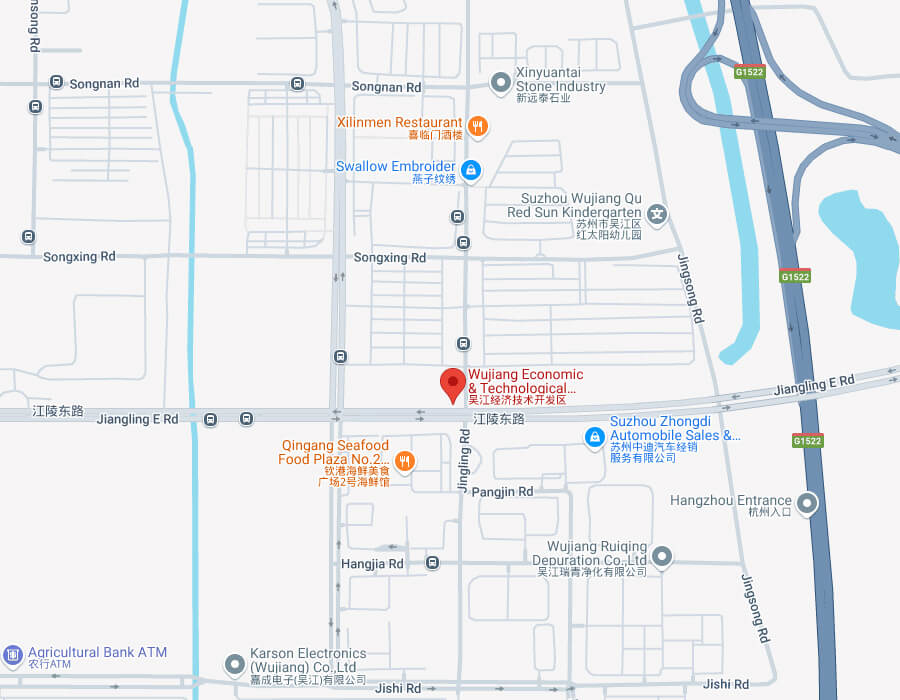Commercialized
Strains
High Potency
| Strain | Potency (CFU/g) | |
|---|---|---|
| Strain | Potency (CFU/g) | |
|---|---|---|

| Lactobacillus acidophilus | LA05 | 300B |
| Lacticaseibacillus rhamnosus | LRa66 | 800B |
| Lactobacillus brevis | LB01 | 300B |
| Lactobacillus lactis | LLa22 | 200B |
| Lactiplantibacillus plantarum | Lp90 | 800B |
| Lactiplantibacillus plantarum | CW006 | 800B |
| Lactobacillus gasseri | LG08 | 100B |
| Lactobacillus crispatus | LCr86 | 200B |
| Lactiplantibacillus plantarum | N13 | 800B |
| Limosilactobacillus reuteri | LR08 | 200B |
| Lactobacillus johnsonii | LJ09 | 100B |
| Lactobacillus jensenii | LJe52 | 50B |
| Limosilactobacillus fermentum | LF61 | 200B |
| Ligilactobacillus salivarius | LS97 | 300B |
| Latilactobacillus sakei | LSa79 | 100B |
| Pediococcus acidilactici | CCFM7902 | 800B |
| Lactobacillus helveticus | LH76 | 100B |
| Lacticaseibacillus casei | LC89 | 600B |
| Lacticaseibacillus casei | LC15 | 600B |
| Pediococcus pentosaceus | PP06 | 800B |
| Lacticaseibacillus paracasei | LC37 | 800B |
| Lactobacillus delbrueckii subsp. bulgaricus | LB02 | 100B |
The Lactobacillaceae family is a diverse group of Gram-positive bacteria known for their role in fermentation and their beneficial effects on human health. Members of this family are commonly used in the production of fermented foods and probiotics.
Key Characteristics:
Gram-Positive: Lactobacillaceae bacteria have a thick peptidoglycan layer in their cell walls, which retains the crystal violet dye used in Gram staining.
Rod-Shaped: These bacteria are typically rod-shaped, although the size and shape can vary among different species.
Non-Motile: Most members of this family are non-motile and lack flagella.
Facultative Anaerobes: Lactobacillaceae can grow in both aerobic and anaerobic conditions, though many are primarily anaerobic.
Lactic Acid Fermentation: They are known for their ability to ferment sugars into lactic acid.
Lactobacillaceae help maintain a balanced intestinal microbiota and can aid in digestion and immune function.







